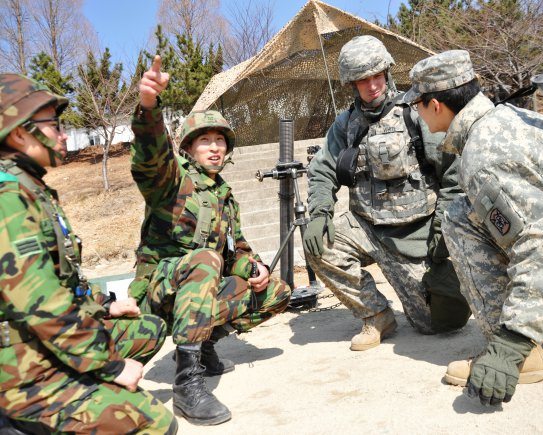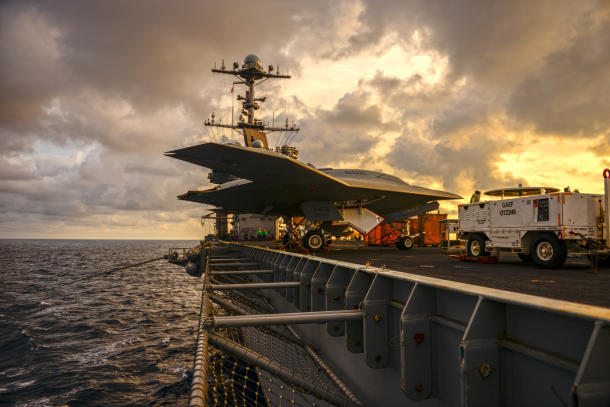Army operations on the Korean Peninsula remain a top priority and are being protected from the impacts of sequestration, said the Army Pacific Commander.
Lt. Gen. Francis J. Wiercinski said sequestration has forced the Army to cut back in areas and “given us limitations.”
“There are certainly things that we cannot touch and that we must ensure … are obviously resourced the highest,” he told reporters at a May 13 Pentagon briefing.
“I feel that we will always prioritize our Soldiers going into harm’s way and our Soldiers being deployed,” Wiercinski said. He also said a priority is protecting funds for Korea.
Wiercinski said approximately 79,000 Soldiers are stationed throughout the Asia-Pacific region, supporting efforts to prevent conflict, shape the stability of the security environment, and win wars.
“U.S. Army Pacific is the decisive theater land-force power in the Asia-Pacific region,” he said, noting the Army presence in that region covers half the globe and includes 36 countries stretching 9,000 miles from the coast of California to the Maldives.
Wiercinski said the importance of the region is underscored with the changing of the Army Pacific Command from a three-star to a four-star headquarters. He said it has been 40 years since a four-star Army general has been in command there.
He also noted the addition of an Australian deputy commanding general to the headquarters of U.S. Army Pacific, and stressed the importance of strengthening relationships with allies in the region, including China.
“Quite simply, the Army recognizes that the United States and China have much more to gain from cooperation than from separation, and we’re finding ways to work together,” he said.
Wiercinski said another area of priority is military diplomacy, building trust and maintaining relationships with allies.
“I believe that’s one of our primary missions, and literally my primary mission in the theater,” he said.
Wiercinski said areas affected by sequestration include utilizing and maintaining equipment and fueling equipment.
“We want to make sure that we’re keeping our equipment to a standard, obviously safe and operational, so that when things return to a normal state we can bring them back up to the highest level quickly, and not fall over that edge where we cannot bring it back,” he said.











